Nikon Z7 II vs Sony A7R IV: Which is Better for Landscape Photography?
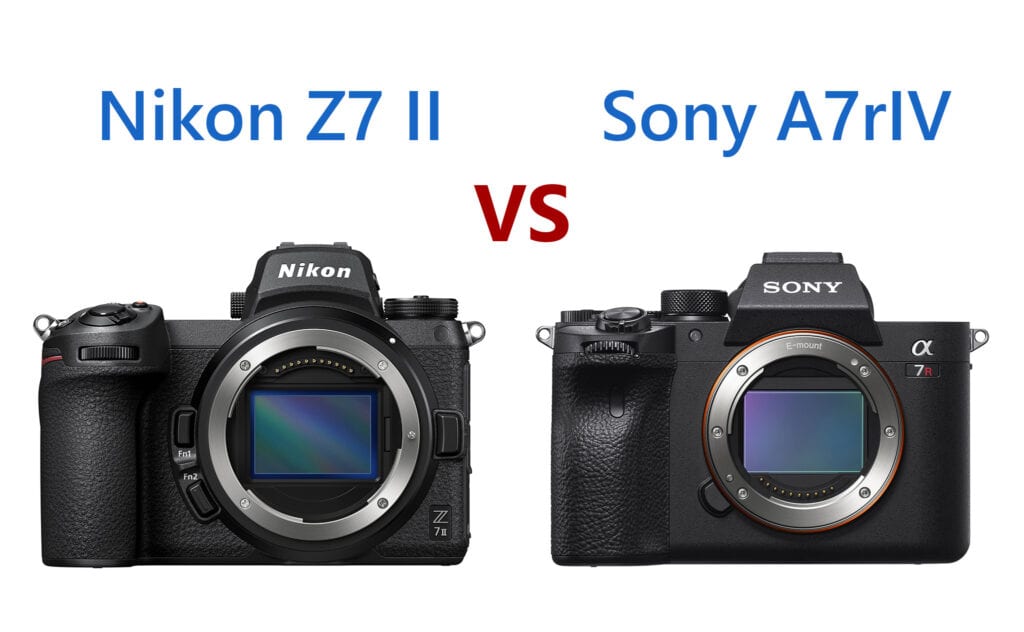
We now have two full-frame mirrorless cameras that are highly refined versions of previous generations, for us to compare: The Nikon Z7 II vs the Sony A7R IV. Both of these cameras represent the modern pinnacle of excellence in terms of not just camera performance itself, but also, refinement based on extensive user feedback from hands-on testing in the field.
The Nikon Z7 II and Sony A7R IV are both incredible cameras, and we can partly thank the fact that neither is a first-gen product. Yes, Canon’s EOS R5 is also an impressive high-megapixel camera, however, it is still technically the first of its generation, and clearly has some improvements to be made. As soon as a Canon EOS R5 II comes out, we’ll compare it too!
Sony A&R IV vs Nikon Z7 II
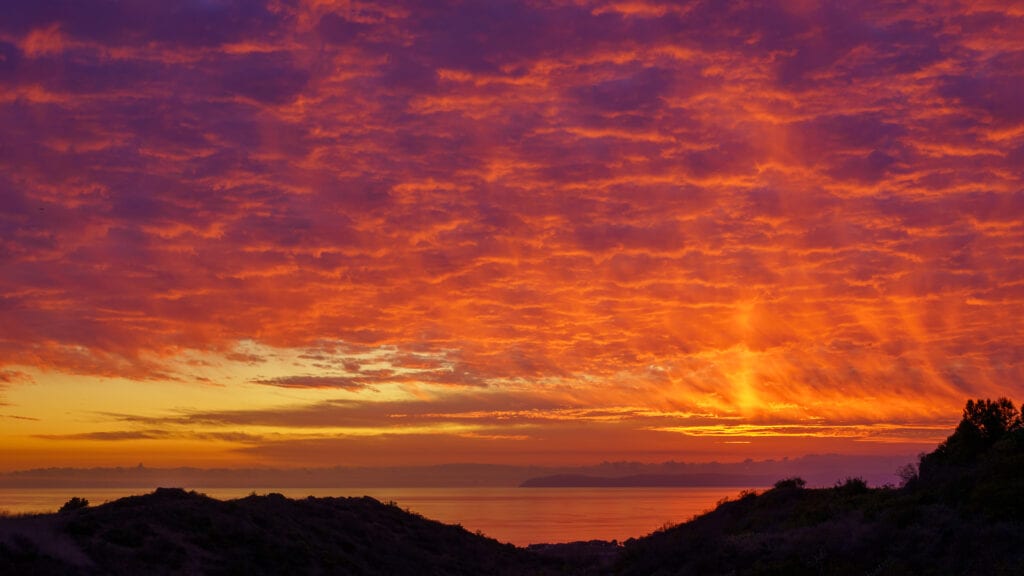
So, what are the key differences that you should know about? There are a few obvious things that stand out, especially for outdoor, nature, landscape, and wildlife photographers. There are also some more nuanced differences that I will share too, so let’s dive in!
Nikon Z7 II Review | Pros & Cons

The Nikon Z7 II is an incredibly rugged camera that is built to withstand plenty of heavy abuse. In fact, according to people who actually take cameras apart, the Z7-series is the most robust, most well-sealed full-frame mirrorless camera. So, if you do a lot of photography in nasty weather, whether it’s rain, snow, crashing ocean waves, or sand dune dust storms, Nikon is a smart choice.
Any Nikon Z-series FX camera body offers the benefits of the Z-mount, of course, which includes the ultra-lightweight, flagship-grade lenses like the 14-30mm f/4, or the 24-200mm, both of which are truly impressive options for the weight-conscious, travel-oriented, more adventurous photographers out there who want an extremely rugged, fully weather-sealed kit that is still lightweight and easy to travel with, but without sacrificing the benefits of full-frame.
One of the most exciting features that the Z7 II has to offer landscape photographers is the native/base ISO of 64. This allows landscape shooters to not only get cleaner images with gorgeous shadow recovery (dynamic range), it also has creative benefits such as allowing slower shutter speeds for things like blurring water or clouds. It’s only ⅔ of a stop difference from cameras with a base ISO of 100, but sometimes that’s all the help you need when trying to blur a crashing wave on the beach at sunset.
Speaking of easily blurring subjects, if you love dark ND filters as a landscape photographer for creative tricks like blurring water even in the middle of the day, you’ll love the fact that Nikon’s 14-30mm f/4 accepts 82mm threaded filters, making it one of the only options for achieving such an ultra-wide focal length yet NOT needing to carry around a massive add-on filter system in the 150mm range, as most 14-24mm lenses require.
All in all, the Nikon Z7 II is part of a whole system that is just well-suited to getting creative with your outdoor photography in challenging conditions without breaking the bank or your back.
Nikon Z7 vs Nikon Z7 II

What did Nikon improve with their “mark 2” version of the Z7, you might ask? The original camera was already a truly rock-solid, highly professional camera, indeed, and the Z7 II is physically identical at a glance.
Nikon did make some significant improvements to the Z7 II, although they might not be showcased very often for you as a landscape photographer. Simply put, landscape photographers usually don’t worry that much about high-speed autofocus needs, buffer depth, or even video specs.
However, if you are serious enough about landscape photography that your images are actually worth money, or even if they are just priceless memories, then you certainly should appreciate the addition of a 2nd card slot, for in-the-field backup. Alternatively, it’s just convenient to be able to use the more universal SD cards, instead of XQD.
Also, if you are into time-lapse photography, or if you do nightscape or long-exposure photography of any kind, then you’ll also appreciate this: the Nikon Z7 II and its new EN-EL15c battery can be directly charged and even powered via USB-PD, effectively offering you infinite battery power for those all-night or all-day time-lapse projects you might have.
All in all, if you’re not doing time-lapse photography, don’t need dual card slots, and don’t need the improved AF system with animal face detection – then the original Nikon Z7 is already a great choice for your landscape photography. Its incredible sensor and highly rugged body makes it one of the best overall values. But, for the more discerning photographers, the Z7 II should be considered.
Sony A&R IV Review | Pros & Cons
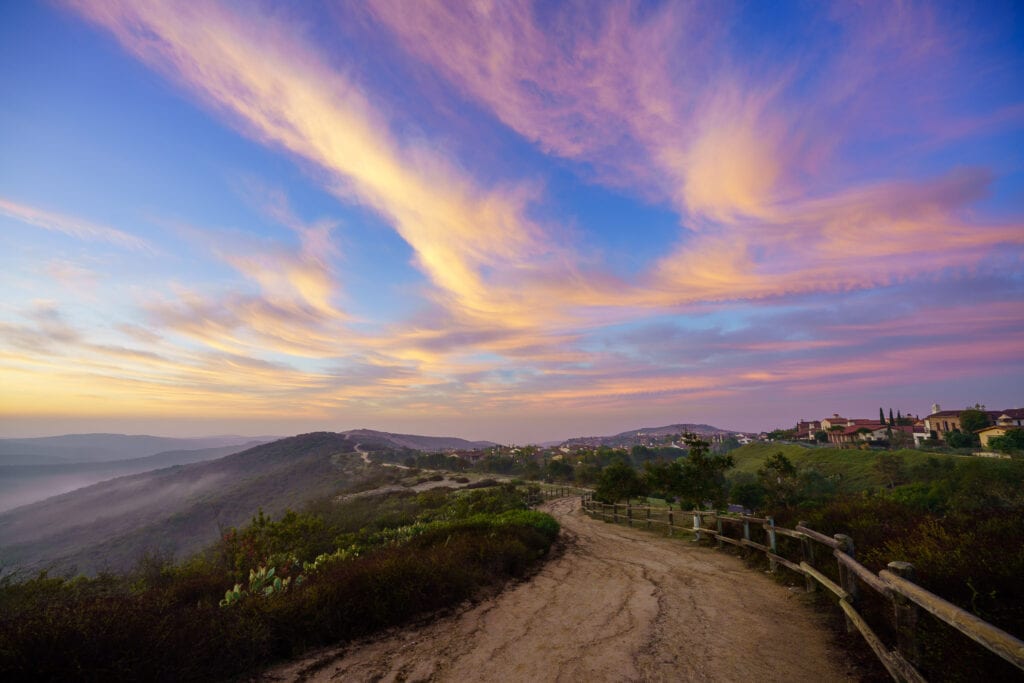
The Sony A7R IV, of course, offers not only 61 megapixels, but also, a pixel-shift high-res mode, which can result in up to 240 megapixel (equivalent) resolution images. Simply put, if you’re craving maximum resolution, but are not interested in bumping up a sensor size to medium format digital, then the A7R IV is the most versatile piece of kit that offers such an incredibly high megapixel count.
Sony’s lens lineup is quite diverse too, of course, with not just name-brand flagship-grade (GMaster) lenses, but also increasing support from third parties, with impressive lenses such as Sigma’s shockingly affordable Sigma 14-24mm f/2.8 DG DN Art, or Tamron’s highly portable 17-28mm f/2.8 Di III RXD. Depending on your style of landscape photography, one of these lenses could be right for you. Plus, there’s always the extremely impressive Sony FE 12-24mm f/2.8 GM, or the much more affordable but still very decent Sony FE 12-24mm f/4 G!
Sony is no slouch when it comes to rugged build quality, of course, and the A7R IV is fully weather-sealed. However, I have to give the nod to Nikon for just making their cameras still slightly more “burly”.
Sony A7R IV vs Sony A7R III

Let’s talk about the million-dollar comparison now; the Nikon Z7 II vs Sony A7R IV. They’re both great cameras. They both have advantages and disadvantages. Here’s the real-world, practical answer to your question:
While Nikon’s Z7 II is only the second generation in the Nikon full-frame mirrorless lineup, the Sony A7R IV is, as its name implies, is a fourth-gen product. Does this mean it is significantly better than the Nikon, especially when it comes to landscape photography? Not necessarily. Why? Because, quite honestly, the first two generations of the Sony A7R family were not very good. They had impressive sensors with great image quality for their day, but virtually everything else about them was so bad, so most landscape photographers were far better off working with a comparable DSLR at that time.
Their physical build quality was mediocre at best, without any or much weather-sealing. They had single SD card slots that were so slow you would run into buffer lag just by trying to photograph a really impressive sunrise with rapidly changing light – especially if you decided to bracket exposures at all. (Despite the complete lack of a lossless compressed raw format!) Last but not least, the battery life was pretty pathetic.
All in all, the Sony A7R III (Mark 3) is the oldest Sony full-frame mirrorless camera that I feel comfortable recommending to serious landscape photographers. It has a lot of the benefits that even the Nikon Z7 II and Sony A7R IV offer, such as dual card slots and great battery life. And yes, it can be powered directly via USB, while also using the USB-micro format Sony remote port, too, for those all-night time-lapse projects without needing a dummy battery setup.
If you don’t absolutely need the ~50% increase in resolution, the Sony A7R III is a much better value to most landscape photographers. The 42-megapixel sensor is just as respectable as the Nikon 45-megapixel sensor, despite the lack of a native ISO 64; its dynamic range at ISO 100 is on par with the competition, and its overall image quality at extremely high ISOs is also truly phenomenal. If you’re on a budget, I do still recommend the Sony A7R III. Pair it with G-Master lenses or an affordable, compact lens like the Tamron 17-28mm f/2.8 and the Tamron 70-300mm FE, and you have an incredible landscape kit!
Sony E-Mount lenses on Nikon Z-mount via Adapter
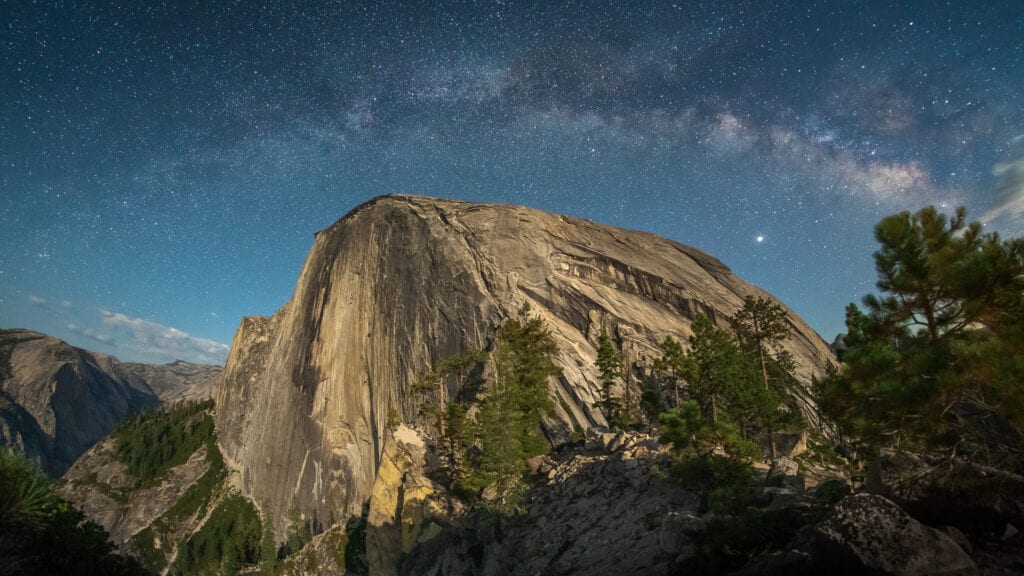
In case I haven’t already made it clear, which camera body you choose has a lot to do with which lenses you can mount on that body. (For more info about which lenses are great for landscape photography, check out this article here!)
Keep in mind, however, that due to the width and thinness of Nikon’s Z-mount, you can actually mount any Sony E-mount lens on the Nikon Z-mount. With the TechArt E-to-Z adapter, you can use wide-angle lenses such as the incredible Sony 12-24mm f/2.8 GM, and the affordable Sigma 14-24mm f/2.8 DG DN Art on the Nikon Z7 II!
It’s not a perfect solution, because there are some bugs and quirks here and there which might cause the Nikon body to freeze up and need to be restarted, but those bugs will be solved with time. If you want those lenses on Nikon full-frame, you at least have the option.
By the way, all the Sony shooters who for years used Canon L lenses adapted to the Sony E-mount, you better not chime in with comments about how silly it is to adapt a Sony FE lens to a Nikon Z body!
Sony A7R IV VS Nikon Z7 II For Landscape Photography | Final Verdict
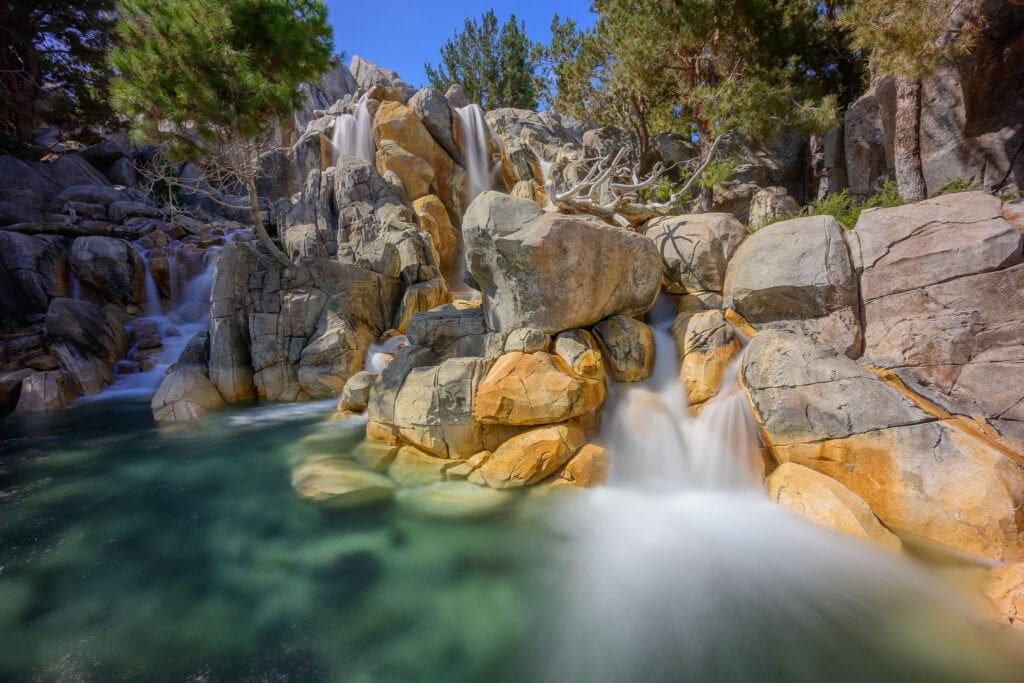
If I had no choice, or if I was already familiar with one camera brand more than another, I would happily photograph landscapes with either one of these impressive current-generation cameras. Considering their specs, image quality, and the available lenses, I would be able to capture anything I wanted with either camera; if I missed a shot, or couldn’t get a creative “look” I wanted, it wouldn’t be the camera’s fault, it would be mine!
Having said that, there would still be some things I like and dislike about each camera, and personally, I do have a bit of a preference.
In terms of the image sensors themselves: for my own style of photography, I am less obsessed with sheer resolution, while I find having a base ISO of 64 to be actually useful in the real world.
In terms of the available lenses: for both my style of adventures, and my limited budget, I once again am less attracted to the highly exotic flagship lenses like the Sony FE 12-24mm f/2.8 GM, and more excited about affordable, highly portable, flagship-grade lenses like the Nikon Z 14-30mm f/4 S, and the convenience of being able to use 82mm threaded filters on a 14mm full-frame lens!
Also, when it comes to lenses, I believe that in a year (or two, or three,) third parties like Sigma, Tamron, Rokinon/Samyang, and Tokina will all be supporting the Nikon Z mount, and honestly those third-party options are often just as tempting as the name-brand ones!
In other words, even if I went with a Sony camera body now, virtually all my lenses would be third-party options, which I expect to be able to get for Nikon Z (or Canon RF) sooner than later anyways.
Other than that, most of the other differences between the Nikon Z7 II and the Sony A7R IV won’t really affect me. I do like that Sony has not just more megapixels but also pixel-shift, however I don’t know how often I’d be able to use such a feature.
One of the most important differences is that Nikon’s interface, from the physical ergonomics to the customizations and menu layouts, is generally a bit more intuitive and easy to master, especially for landscape photography.
Sony cameras are focused almost equally on both photo and video controls and customizations, which is great, but it also adds a huge amount of unnecessary clutter to the menus. So, if you don’t shoot much video at all, you’ll often find yourself wading through Sony’s excessive menus just to find one setting that isn’t on a physical button. On the other hand, if you do shoot lots of nature videos, Sony offers by far the best in-depth button customization options for hybrid photo+video people!
The Best Camera for Landscape Photography | What Are Your Personal Needs?

Take some time to think about what your real-world needs and preferences are, instead of just listening to the general advice given here or anywhere else on the internet. For example, what if you don’t make enormous prints of your landscape/nature images, and you simply want to go on incredible adventures in the outdoors with a trusty, indestructible camera system at your side? If this is the case, then you might value things like portability and weather-sealing more than you value sheer resolution.
In fact, if you prefer to travel ultra-lightweight, for long day hikes or overnight backpacking trips, you might even forsake full-frame mirrorless entirely, and instead opt for an ultra-portable but highly rugged system like the Olympus E-M1 Mark III, or E-M5 Mark III, which weigh a fraction of their full-frame competition, despite being professionally weather-sealed and ruggedly built to name-brand flagship standards.
Or, let’s imagine that you aren’t too concerned about weight, however, you only photograph very traditional landscapes and spend literally all your time using a tripod with your exposure set to ISO 100 and f/~8. You might be able to save quite a bit of money by opting for an APS-C camera instead off a full-frame setup. The fact that your gear is significantly lighter and takes up way less space in your camera bag/backpack can be an added bonus, of course!
Oppositely, what if you do make truly enormous, wall-filling prints of your work, and money is no object when it comes to buying the best gear for the task? Then, you may very well want to lug around the most high-end camera possible. The Sony A7R IV does win for the highest native sensor resolution, however, there are other cameras with similarly impressive pixel-shift capabilities offering well over 100 megapixels of detail, such as the Panasonic S1R, with its 187-megapixel high-res mode. You won’t get the same level of AF tracking reliability as with the Sony and you won’t get the same highly intuitive, naturally effortless control operation with the Nikon, either.
For those who really do need resolution, though, just like some people might decide to forsake full-frame in favor of a tiny ultralight Micro Four Thirds system, other people might consider jumping from full-frame mirrorless to something even more exotic like the Fuji GFX 100S, which has a 100-megapixel native resolution and a staggering 400-megapixel high-res mode!
Nikon Z7 II vs Sony A7R IV Conclusion

All in all, just remember this: when you’re looking for the best camera for landscape photography, megapixels and sheer resolution are not always the absolute most important features. Neither is weight/size, sometimes. Everybody has different priorities, needs, and of course, different budgets.
You should pick the camera system that suits your needs, based on both the camera bodies AND the lenses available. Your final decision might not be the same as your fellow landscape photographers and that’s okay!
